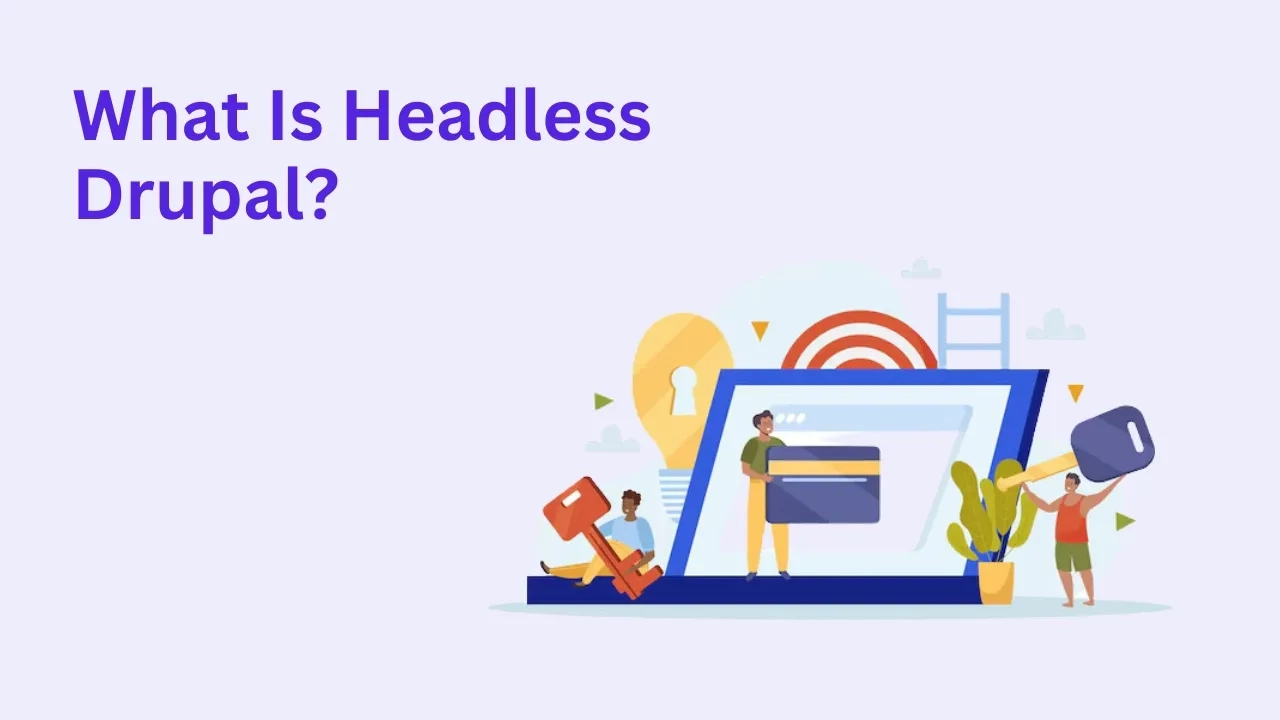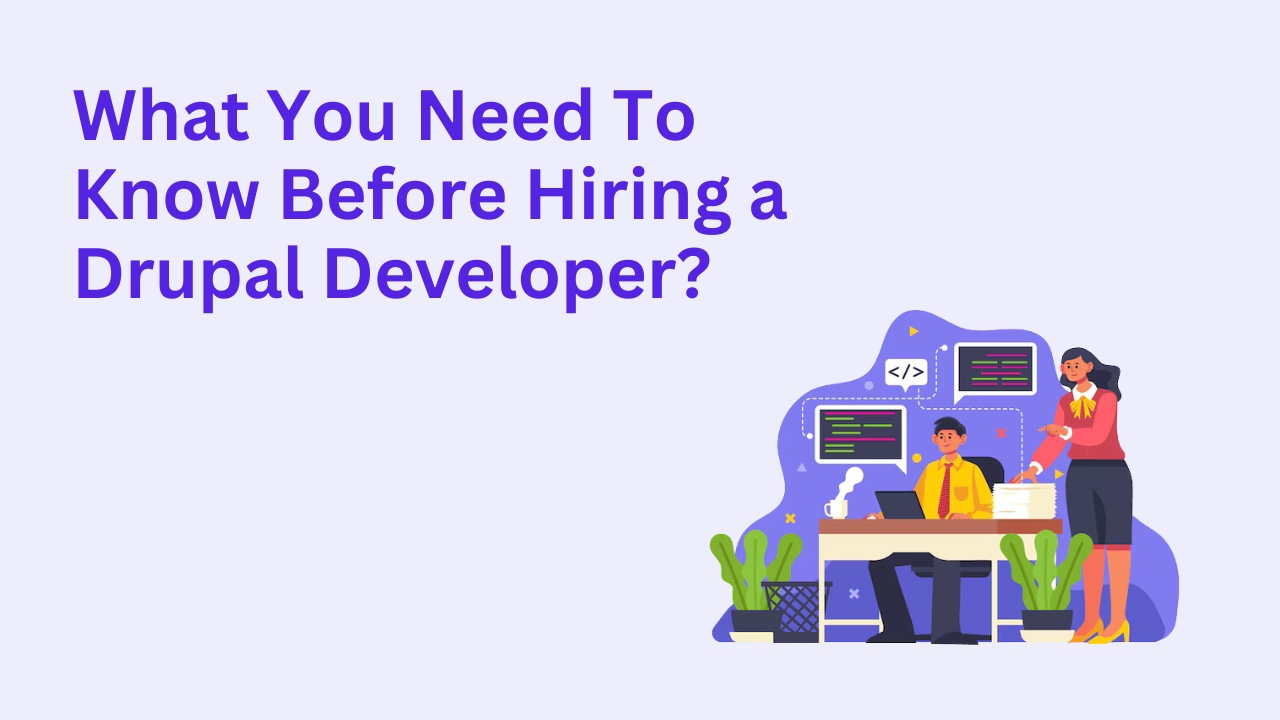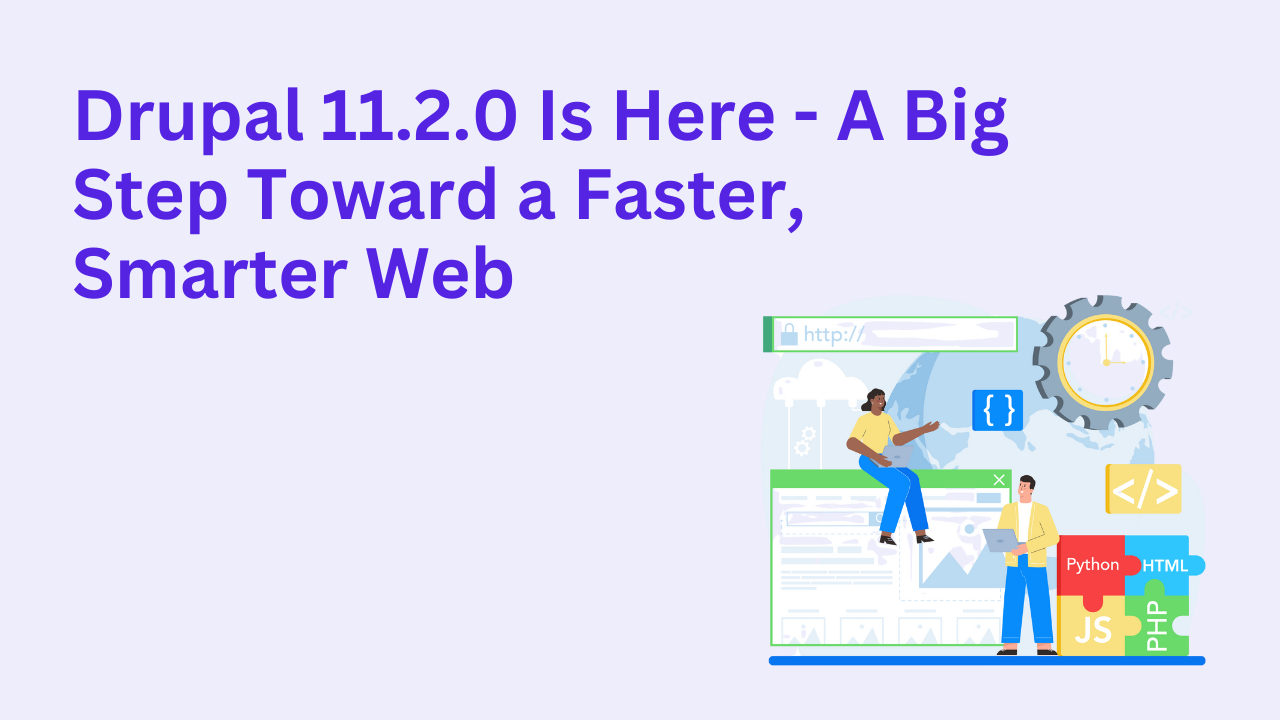What Is Headless Drupal?

Headless Drupal, also known as decoupled Drupal, is an innovative approach to web development where the backend (content management) is separated from the frontend (user interface). This architecture enables developers to use Drupal for managing content while leveraging modern frameworks like React, Angular, or Vue.js to create dynamic, interactive user experiences. In this blog, we will explore the concept, benefits, and use cases of Headless Drupal, along with how it is transforming web development.
Understanding Headless Drupal
Headless Drupal refers to a decoupled architecture where the CMS serves as the content repository, and the presentation layer is built using a separate frontend framework. Unlike traditional Drupal setups, Headless Drupal uses APIs to deliver content to various platforms, including websites, mobile apps, and IoT devices.
Learn more about the basics of Headless CMS.
How Does Headless Drupal Work?
Headless Drupal operates on a "content as a service" model. Here’s how it works:
- Backend Management: Content is created and managed in Drupal.
- APIs for Communication: Drupal exposes content through REST, JSON:API, or GraphQL.
- Frontend Integration: A separate frontend framework fetches data via APIs and renders it for users.
Also read : How to Hire the Best Drupal Development Agency
Key Benefits of Headless Drupal
Flexibility in Frontend Development
Developers can choose any frontend technology to design unique user experiences.
Faster Performance
By decoupling, websites and apps load faster as only required data is fetched.
Omnichannel Content Delivery
Content can be distributed across multiple platforms, enhancing reach and engagement.
Future-Ready Architecture
Headless Drupal allows for easy integration with emerging technologies like IoT and AR/VR.
Discover more about API-driven development.
Headless Drupal vs Traditional Drupal
Traditional Drupal
- Tight coupling between backend and frontend.
- Limited flexibility in frontend customization.
- Ideal for simple websites with minimal interactivity.
Headless Drupal
- Decoupled architecture with independent frontend.
- Unlimited customization possibilities.
- Suitable for complex, dynamic applications.
Also read: Why Drupal Is the Best CMS to Build an Educational Website
Use Cases of Headless Drupal
E-Commerce Platforms
Headless Drupal enables personalized shopping experiences with seamless API integrations.
Mobile Applications
Content managed in Drupal can be delivered directly to mobile apps.
Multilingual Websites
Easily manage and deliver content in multiple languages across diverse platforms.
Digital Signage and IoT
Serve content to devices like digital kiosks or smart assistants.
Challenges of Using Headless Drupal
While Headless Drupal offers many advantages, it also comes with challenges:
- Increased Complexity: Requires expertise in both Drupal and frontend technologies.
- Higher Development Costs: Decoupled architectures demand more resources.
- Dependency on APIs: Performance and functionality rely on API efficiency.
Explore ways to overcome API challenges.
Tools and Frameworks for Headless Drupal Development
- GraphQL: Efficient data querying for frontend frameworks.
- RESTful APIs: Standard API for delivering content.
- JSON:API Module: Simplifies API integration in Drupal.
- Frontend Frameworks: Popular choices include React, Vue.js, and Angular.
Also read : How AI Will Change Drupal Web Development?
How to Get Started with Headless Drupal
1. Assess Your Requirements
Determine if your project needs a decoupled architecture based on complexity and scalability needs.
2. Enable API Modules
Install and configure necessary modules like JSON:API or REST.
3. Choose a Frontend Framework
Select a framework that aligns with your project goals.
4. Build and Integrate
Develop the frontend and integrate it with Drupal using APIs.
Future of Headless Drupal
With advancements in AI, machine learning, and IoT, the potential for Headless Drupal continues to grow. It offers unmatched flexibility and scalability, making it an excellent choice for modern web development projects.
Conclusion
Headless Drupal is reshaping how websites and applications are built by offering flexibility, performance, and omnichannel content delivery. If you’re considering adopting Headless Drupal for your next project but feel overwhelmed, get in touch with Drupalify today! Our team of experts is ready to guide you every step of the way.








